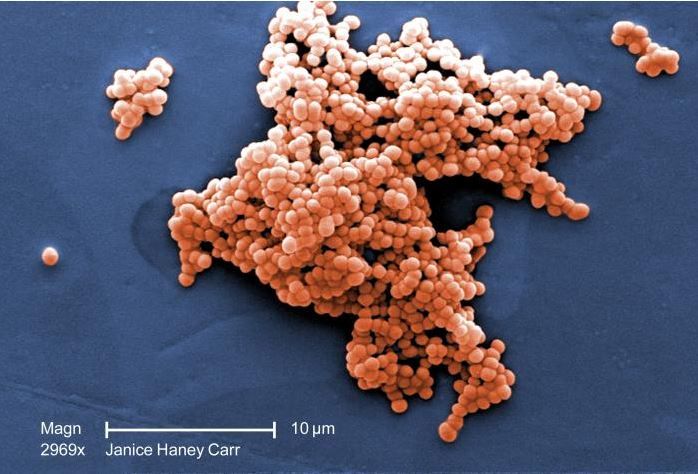Man's Rare Case: How Does a Strep Infection Lead to Amputations?

A Michigan man will require amputations of parts of his hands and feet after experiencing a severe case of strep throat. But how do the bacteria that cause strep also cause such an extreme complication?
The 44-year-old man, Kevin Breen, first went to the emergency room in late December with flu-like symptoms and stomach pain, according to CNN. Then his stomach began to enlarge, and he was taken into surgery. Doctors found copious amounts of pus surrounding his organs, but they didn't know the cause of his illness.
A big clue came after Breen's surgery, when a rash appeared on his chest, which can be a symptom of a strep infection. Indeed, a test for streptococcus, the bacteria that cause strep throat, came back positive, CNN said. [27 Devastating Infectious Diseases]
Unfortunately, his infection caused him to develop septic shock, according to Breen's GoFundMe page, which was set up to help pay for his medical bills.
Septic shock is a life-threatening complication that occurs when an infection leads to dangerously low blood pressure, according to the National Institutes of Health. It happens when toxins released by the bacteria, as well as the body's own inflammatory response to the infection, damage the body's tissues, causing blood pressure to drop, the NIH says.
When people experience a dramatic drop in blood pressure, their body starts to shunt blood to vital organs, which reduces blood flow to the extremities, and so tissue in these areas starts to die, Dr. Amesh Adalja, an infectious-disease specialist at the University of Pittsburgh Medical Center, told Live Science in a 2015 interview.
In Breen's case, parts of his hands and feet started to turn black from tissue death. Breen will undergo surgeries to amputate his left hand, fingers on his right hand, and parts of both feet, according to his GoFundMe page.
Sign up for the Live Science daily newsletter now
Get the world’s most fascinating discoveries delivered straight to your inbox.
Breen's complication is extremely rare — in most cases of strep throat, the bacteria infects the throat and tonsils, and causes such symptoms as a sore throat, fever and red spots on the roof of the mouth, according to the Centers for Disease Control and Prevention. But the bacteria can spread to other parts of the body, including the sinuses, skin and ears.
With Breen, the bacteria spread to his stomach. There have been just 32 reported cases of strep bacteria infecting the stomach, and of these, just two involved men, according to the New York Daily News.
Before Breen's illness, his son had a strep throat infection, and Breen had visited the doctor at that time to see if he also had a strep throat infection. But this first test for the bacteria came back negative, according to NBC. About 10 to 20 percent of tests for strep throat are "false negatives," meaning the result is negative when a person really does have the illness, according to HealthPartners, a nonprofit health care provider.
Original article on Live Science.

Rachael is a Live Science contributor, and was a former channel editor and senior writer for Live Science between 2010 and 2022. She has a master's degree in journalism from New York University's Science, Health and Environmental Reporting Program. She also holds a B.S. in molecular biology and an M.S. in biology from the University of California, San Diego. Her work has appeared in Scienceline, The Washington Post and Scientific American.












